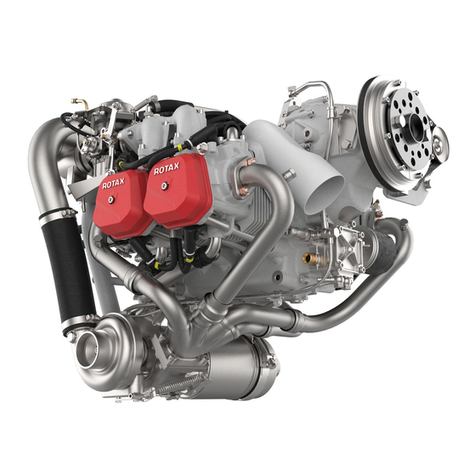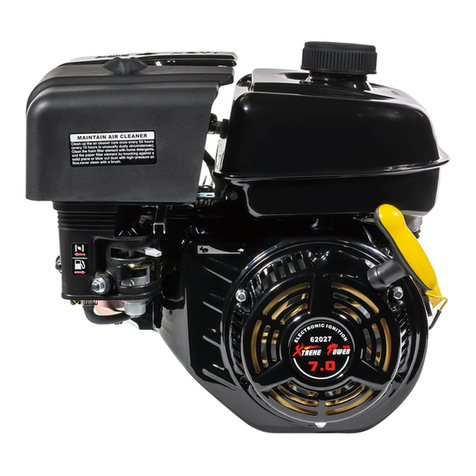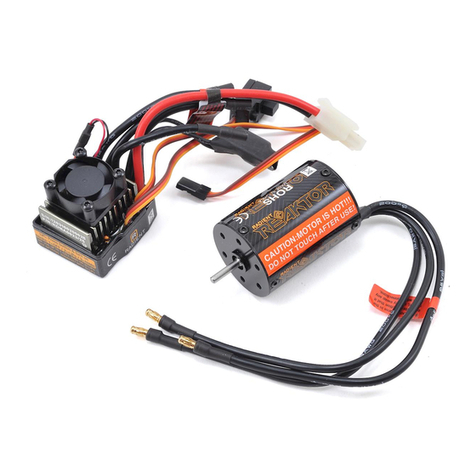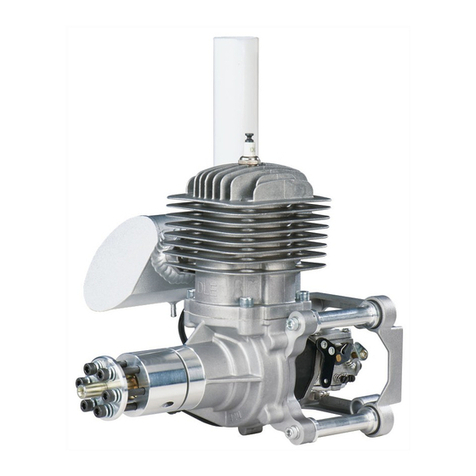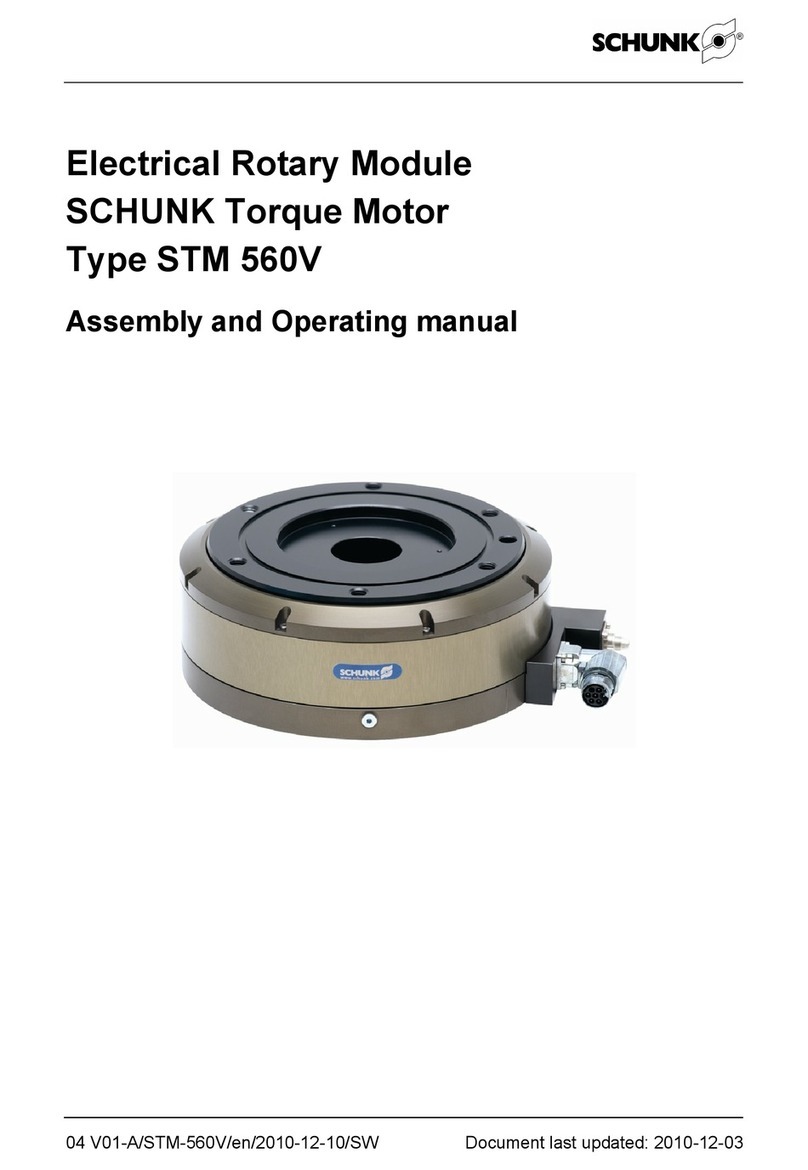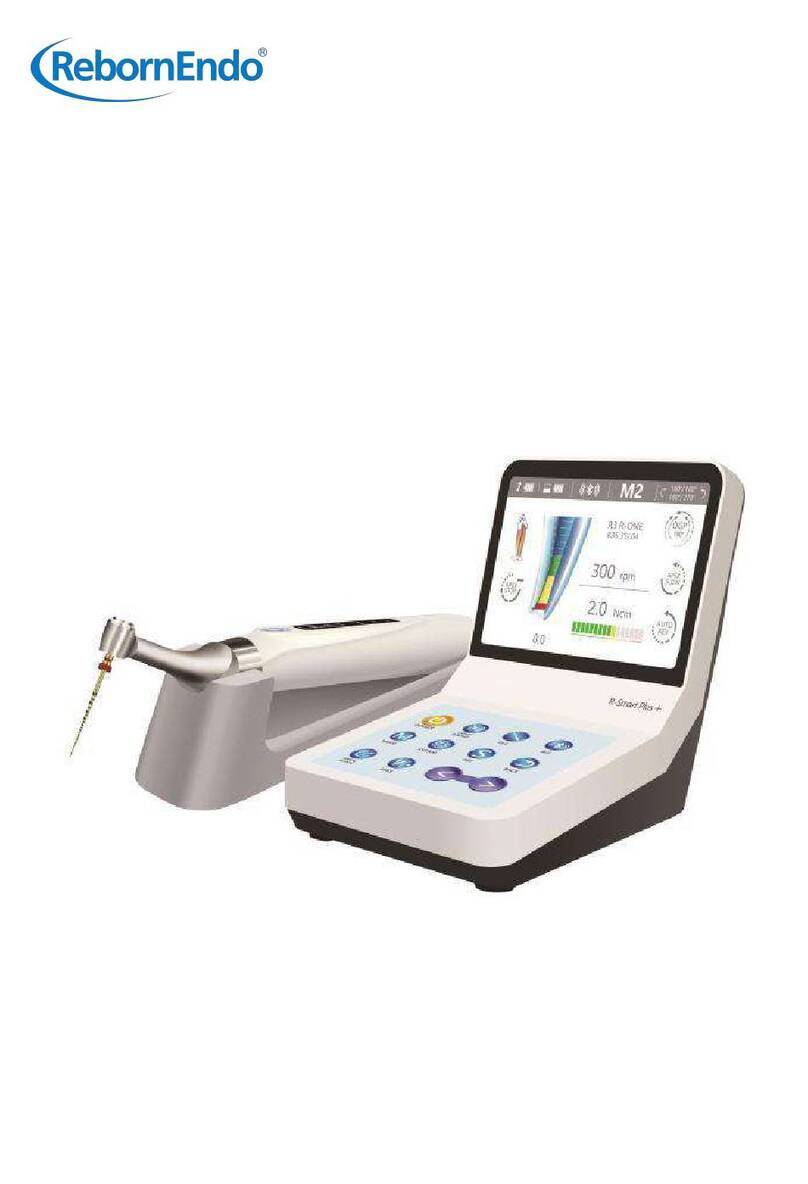Deutz D 2011 w Instruction manual

Workshop Manual
0312 4176en
This document is subject to changes which may become necessary in the course of further de-
velopment of the engines. Reprinting and reproductions of any kind, even in part, require our
written permission.
This documentiscopyright protected.
Distributioni
n eitherprintedo
r electronic form is not
allowed without our prior agreement.
competence level 2
.
D 2011 w
TD 2011 w, TCD 2011 w

The engine company.
DEUTZ AG
Sales & Service Information Systems
Ottostraße 1
D-51149 Köln (Cologne)
Phone.: +49 (0) 221-822-0
Fax: +49 (0) 221-822-3525
Internet: www.deutz.com
E-Mail: [email protected]
Printed in Germany
All rights reserved
1st Edition, 12/2008
OrderNo. 0312 4176 en
Regarding copyright questions and licensing agreements
please contact :
TE-FI, Mr. Sonntag
Tel.: + 49 (0) 221 822-3053

© 06/2008 17761-001
1/2
DEUTZ engines Table of contents
1 Foreword
2 General
3 User notes
3.1 General
3.2 Specifications
3.3 Operating manual and workshop manual
3.4 Job cards
3.5 Explanation of symbols
4 Technical data
4.1 Testing and setting data
4.2 Tightening specifications
5 Job card overview
5.1 Sorted alphabetically
5.2 Sorted numerically
6Jobcards
7Commercialtools
8 Special tools

© 06/2008 17761-001
2/2
DEUTZ enginesTable of contents

1
© 05/2005 17762-001
1/4
DEUTZ engines Foreword
1 Foreword

1
© 05/2005 17762-001
2/4
DEUTZ enginesForeword

1
© 05/2005 17762-001
3/4
DEUTZ engines Foreword
zRead and observe the information in this docu-
mentation. You will avoid accidents, retain the
manufacturer's warranty and possess a fully
functional and ready to operate engine.
zThis engine is built exclusively for purpose ac-
cording to the scope of delivery - defined by the
equipment manufacturer (use for the intended
purpose). Any use above and beyond this is con-
sidered improper use. The manufacturer will not
be liable for damages resulting from this. The
user bears the sole risk.
zUse for the intended purpose also includes ob-
servance of the operating, maintenance and re-
pair instructions specified by the manufacturer.
The engine may only be used, maintained and
repaired by persons who are familiar with this
and are aware of the risks involved.
zMake sure that this documentation is available to
everyone involved in the operation, maintenance
and repair and that they have understood the
contents.
zFailure to observe this documentation may lead
to malfunctions and engine damage as well as in-
jury to persons for which the manufacturer will
not accept any liability.
zPrerequisiteforpropermaintenanceandrepairis
the availability of all the necessary equipment,
conventional and special tools and their perfect
condition.
zEngine parts such as springs, clamps, elastic re-
taining rings etc. pose an increased risk of injury
when handled incorrectly.
zThe pertinent rules for the prevention of acci-
dents and other generally recognised health and
safety regulations must be observed.
zMaximumeconomy,reliabilityandlonglifeisonly
guaranteed when using DEUTZ original parts.
zRepair of the engine must correspond to its use
for the intended purpose. Only parts released by
the manufacturer for the respective purpose may
be used for conversion work. Unauthorised mod-
ifications to the engine exclude manufacturer lia-
bility for resulting damages. Failure to observe
this will void the warranty!
zThe engines made by DEUTZ are developed for
a wide range of applications. A wide range of var-
iants ensures that the respective special require-
ments are met.
zThe engine is equipped according to the installa-
tion case, i.e. not all the parts and components
described in this documentation are installed in
your engine necessarily.
zWe have done our best to highlight the differenc-
es so that you can easily find the operating, main-
tenance and repair instructions relevant to your
engine.
We are at your service for any questions you may
have in this matter.
Your DEUTZ AG

1
© 05/2005 17762-001
4/4
DEUTZ enginesForeword

2
© 11/2005 17763-001
1/4
DEUTZ engines General
2 General

2
© 11/2005 17763-001
2/4
DEUTZ enginesGeneral

2
© 11/2005 17763-001
3/4
DEUTZ engines General
DEUTZ engines are the product of years of re-
search and development. The profound expertise
gained through this, in combination with high de-
mandsonquality, atteststothe factthatourengines
possess all the qualities of long life, high reliability
and low fuel consumption. It goes without saying
thatthe highenvironmentalprotectionrequirements
are also met.
Maintenance and care are the only way the engine
can satisfy the demands you make on it. Compli-
ancewiththeprescribedmaintenancetimesandthe
careful execution of maintenance and care work are
therefore essential. Difficult operating conditions,
deviating from normal operation, must be particular-
ly heeded.
Please consult one of our service representatives
responsible for operating faults and spare parts
questions. Our trained specialist personnel ensures
fast and professional repairs using original DEUTZ
spare parts in the event of damage.
Original spare parts from DEUTZ AG are always
manufactured according to the state of the art.

2
© 11/2005 17763-001
4/4
DEUTZ enginesGeneral

3
© 06/2008 17764-001
1/8
DEUTZ engines User notes
3 User notes

3
© 06/2008 17764-001
2/8
DEUTZ enginesUser notes

3
© 06/2008 17764-001
3/8
DEUTZ engines User notes
3.1 General
The documentation of the workshop manual has
been created based on the engine available at the
time of going to press.
There may be deviations in the descriptions, illustra-
tions and parts due to further developments.
The maintenance work described in the operation
manualandintheworkshopmanualmustbecarried
out on schedule and completely. The maintenance
personnel must have the necessary technical
knowledge to perform the work. Safety and protec-
tiondeviceswhichareremovedduringmaintenance
work must be replaced again afterwards.
Caution!
The rules for the prevention of accidents and the
safety regulations must be observed during mainte-
nance work.
Reference is made in the workshop manual job
cards to the regulations in chapter 3.2. These must
be read before working on the engine and must be
strictly followed.
The maintenance intervals and the work to be per-
formed are specified in the maintenance schedule
of the operation manual. The job cards contain tech-
nical documentation on the execution of mainte-
nance work.
3.2 Specifications
3.2.1 Accident prevention and safety regu-
lations
The legally prescribed rules for the prevention of ac-
cidents must be observed. These are available from
professional associations or from dealers. These
are dependent on the application site, operating
mode and the operating and auxiliary materials be-
ing used.
Special protection measures are specified depend-
ing on the work being carried out, and are identified
in the job description.
Among other things it generally applies that:
zfor the personnel:
– Only briefed personnel may operate or main-
tain the engine. Unauthorised persons are
prohibited access to the machine room.
– Wear close-fitting clothing and ear protectors
in the machine room when the engine is in op-
eration.
– Only deploy trained personnel to do repairs
and maintenance work.
– Do not work on the fuel system when the en-
gine is running. The fuel system is under high
pressure - danger of death.
– Go to the workshop immediately in case of
leaks in the fuel system.
zfor the engine room:
– Ensure adequate ventilation (do not cover air
shafts).
– Providefirst aidkit andsuitable fireextinguish-
ers. Check the filling and readiness for opera-
tion regularly.
– Only store inflammable materials in the ma-
chine room if they are essential for operation
of the system.
– Smoking and naked flames are prohibited in
the machine room.
zfor operation, maintenance and repairs on the
engine:
– Wait 30 seconds after switchingoff the engine
before working on the fuel sytem.
– After all work on the fuel system, it must be
bleeded - see the operation manual, chapter
"6 Fuel system“.
– Only start the engine when all the protective
devices have been fitted. Make sure no-one is
standing in the danger area.
– Cleaning, maintenance and repair work may
only be performed with the engine at a stand-
still and secured against starting.
– Injection lines and high pressure pipes must
not be deformed.

3
© 06/2008 17764-001
4/8
DEUTZ enginesUser notes
– Damaged injection lines and high-pressure
pipes must be renewed.
– Injection lines and high pressure fuel lines
must never be connected when the engine is
running.
– Do not place hands near to a leak in the high
pressure fuel system.
– Also carefully check all high pressure compo-
nents visually before performing tests on the
running engine. Wear suitable protective
clothing (for example protective glasses).
Leaks are a potential source of danger for
workshop personnel.
– Even if no leaks are discernible on the high
pressurefuelsystem,theworkshoppersonnel
should avoid the immediate danger zone or
wear suitable protective clothing (such as pro-
tective glasses) when performing tests on the
running engine and during the first trial run.
– Always stay out of range of a fuel jet, as it
could cause severe injury.
– Smokingisstrictlyprohibitedwhenworkingon
the fuel system.
– Do not work near to sparks and flames.
– Never disconnect an injector when the engine
is running.
3.2.2 Cleanliness instructions and meas-
ures for handling the DEUTZ Com-
mon Rail System
The DEUTZ Common Rail system used in the
DEUTZ engines consists of high-precision compo-
nents which are exposed to extreme stress. Great
attention must be paid to cleanliness when working
on the fuel system due to the high precision technol-
ogy.
Notes and measures to be observed before
starting work on the fuel system
zThe fuel system must be closed. Make a visual
inspection for leaks / damage to the fuel system.
zCleanthe wholeengineandengineroomwiththe
system closed before starting work on the fuel
system.
zThe engine must be dry when you start working
on the fuel system.
zBlowing (dry) with compressed air is only permis-
sible with the fuel system closed.
zWhen using a steam jet, first cover up the control
unit, the cable plugs, all other electrical plug con-
nections and the generator. Also, the steam jet
may not be pointed directly at them.
zElectrical plug connections must be plugged
when spraying.
zRemove loose parts (for example paint chips
from assembly work) with an industrial vacuum
cleanerorothersuctiondevice.Onlysuctionmay
be used in assembly work on the open fuel sys-
tem.
zOnly work on the fuel system in a clean environ-
ment (no dust, no grinding or welding). Avoid
draughts (dust). Clean the workshop floor regu-
larly. No brake or performance test benches may
be kept or operated in the same room.
zAir currents which kick up dust, such as those
caused by brake repairs or the starting of en-
gines, should be avoided.
zFor work such as removal and installation on de-
fective hydraulic components on the Common
Rail System it is recommended to partition off a
separate workshop area in the factory. This must
be separate from other areas in which general
vehicle repairs such as brake repairs are carried
out.
zNo general machine tools may be operated in
this room.
zRegular cleaning of the workshop area is manda-
tory. Draughts, ventilation systems and heating
fans should be minimised.
zAreas of the engine room from which particles of
dirt could be loosened (for example the bottom
part of the tipped driver cab) must be covered
with fresh clean film.
zWorking materials and tools must be cleaned be-
fore work. Only use tools without damage to the
chrome plating or tools which are not chrome-
plated.
Notesandmeasurestobeobservedduringwork
on the fuel system or with the fuel system open.
zOnly work in clean overalls.
zOnly lint-free cleaning cloths may be used for
work on the fuel system.
zRemove loose parts (for example paint chips
from assembly work) with an industrial vacuum
cleanerorothersuctiondevice.Onlysuctionmay
be used in assembly work on the open fuel sys-
tem.
zWorking materials and tools must be cleaned be-
fore work. Only use tools without damage to the
chrome plating or tools which are not chrome-
plated.
zDo not use used cleaning fluid or test fluid for
cleaning.
zCompressedairmustnot beusedforcleaning on
the open fuel system.
zWork on removed components may only be per-
formed at a suitably equipped workbench.

3
© 06/2008 17764-001
5/8
DEUTZ engines User notes
zWhen removing and installing components, no
materials which can leave behind particles or fi-
bres (cardboard, wood, cloths) may be used.
zRemoved parts may only be rubbed down with
clean, lint-free cloths. No dirt particles may be
rubbed into the components.
zOpenings on the components and on the engine
must be closed immediately with suitable stop-
pers/caps.
zThe stoppers/caps may only be removed imme-
diately before installing.
zStore stoppers/caps free from dust and dirt in the
original packaging and dispose of after using
once.
zOnly remove new parts from the original packag-
ing just before installation.
zRemoved components must be kept in new,seal-
ablebagsor- ifavailable- inthepackagingof the
new parts.
zAlwaysusetheoriginalpackagingofthenewpart
to send back the removed components.
Notes and measures for the vehicle workshop
area
zFor work such as removal and installation on de-
fective hydraulic components on the Common
Rail System it is recommended to partition off a
separate workshop area in the factory. This must
be separate from other areas in which general
vehicle repairs such as brake repairs are carried
out.
zThe workshop floor is sealed or tiled.
zNo welding gear, grinders, general machine
tools, brakes or performance test benches may
be operated in this room.
zRegular cleaning of the workshop area is manda-
tory. Draughts, ventilation systems and heating
fans should be minimised.
Notes and measures for workbench and tools in
the vehicle hall
zA special workbench must be set up for work on
removed components.
zClean the removal and installation tools regularly
and keep them in a closed tool cabinet.
zRemove loose parts (for example paint chips
from assembly work) with an industrial vacuum
cleaner or other suction device.
zWorking materials and tools must be cleaned be-
fore work. Only use tools without damage to the
chrome plating or tools which are not chrome-
plated.
3.2.3 Disposal regulations
The work described in the operation manual and
workshopmanualnecessitatesrenewalofpartsand
operating materials among other things. The re-
newed parts / operating materials must be stored,
transported and disposed of according to regula-
tions. The owner himself is responsible for this.
Disposal includes recycling and the scrapping of
parts / operating materials, although recycling has
priority.
Details of disposal and their monitoring are gov-
erned by regional, national and international laws
and directives which the system operator must ob-
serve on his own responsibility.

3
© 06/2008 17764-001
6/8
DEUTZ enginesUser notes
3.3 Operation manual and workshop
manual
To structure the information to suit the user, the
service documentation is divided into operation
manual and workshop manual.
The operation manual contains a general descrip-
tion and instructions for all other maintenance work.
It contains the following chapters:
1. Contents, General
2. Engine description
3. Operation
4. Operating media
5. Maintenance
6. Care and maintenance work
7. Faults, causes and remedies
8. Engine conservation
9. Technical data
10.Service
The workshop manual assumes knowledge of the
contents of the operation manual. This applies es-
pecially for the safety regulations. The workshop
manual describes repairs to the engine and compo-
nents for which more effort and appropriately quali-
fied technicians are required.
3.4 Job cards
The job cards are divided in the workshop manual
into "W" and "I" job cards.
The"W"jobcarddocumentsstandardrepairsonthe
engine and/or its components. The necessary tools
and special tools are also specified in the "W" job
card.
The "I" job card additionally documents the appro-
priate work procedures for repairing the engine and/
or its components. The workshop must satisfy spe-
cial conditions to perform these work procedures.
Special tools and machine tools must be available,
for example.
3.4.1 Numbering of job cards
The job card numbers follow the pattern W 02-04-
01. The individual parts of this pattern are explained
below:
zW02-04-01: Documentation type
–WWorkshop manual
– I......Repair instructions
zW 02-04-01: Maintenance group
– 00...General / interdisciplinary activities
– 01...Cylinder head
–02Drive system
– 03...Crankcase
– 04...Engine control system
– 05...Speed governing
– 06...Exhaust system / Charging
– 07...Fuel system
– 08...Lube oil system
– 09...Cooling system
– 10...Compressed air system
– 11...Monitoring system
– 12...Other components
– 13...Electrical system
zW 02-04-01: Component grouping
zW 02-04-01: Consecutive number

3
© 06/2008 17764-001
7/8
DEUTZ engines User notes
3.4.2 Structure of a job card
1. DEUTZ AG,
publisher of service documentation
2. Engine type (e.g. TCD 2013 4V)
3. Maintenance group
4. Job card number or topic
5. Title of job card
6. Reference to other job cards
7. Chapter
8. Graphic or photo
9. DEUTZ internal creation number
10.Page number
11.Date of issue of job card
12.Note
13.Danger / Important
14.Work sequence
15.Special tools; auxiliary materials
16.Conventional tools
3.5 Explanation of symbols
Triebwerk
W 02-04-01
6
16
12
4
6
1 2 3
8
10
11
5
7
5
9
13
14
15
8
Danger!
of death or to health. Must be observed!
For example: The incorrect use or conver-
sionoftheturbochargercanleadtoserious
injury.
Caution!
Danger to the component/engine. Non-
compliance can lead to destruction of the
component/engine.
Must be observed!
Note
Generalnotesonassembly,environmental
protection etc. No potential danger for man
or machine.
Tool
Conventionalandspecial toolsrequiredfor
the work.
Auxiliary materials
Working materials required in addition to
the tools for performing the work
(e.g. greases, oils, adhesives, sealants)
References
to important documents or job cards for the
work process.
For example: Job card W 04-05-05
Reference
to a document or a job card within the work
process.
Test and setting data
The necessary values are specified here.
If several values are necessary, a cross re-
ference is given to the Test and Setting Va-
lues table.
For example:
ID no. P01 61 = valve clearance, inlet
Tightening specification
The necessary values are specified here.
If several values are necessary, a cross re-
ference is given to the Tightening Specifi-
cations table.
For example:
ID no. A01 001 = cylinder head screws

3
© 06/2008 17764-001
8/8
DEUTZ enginesUser notes
This manual suits for next models
1
Table of contents
Other Deutz Engine manuals

Deutz
Deutz FL 1011F User manual
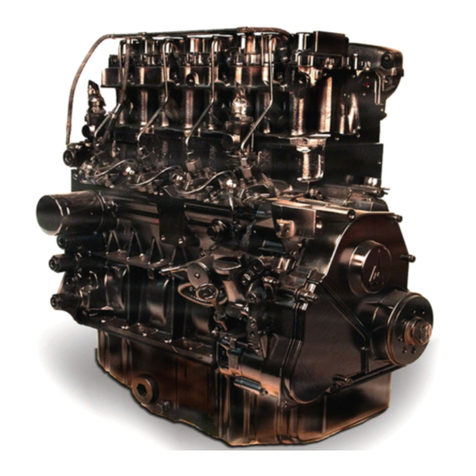
Deutz
Deutz 9929en User manual
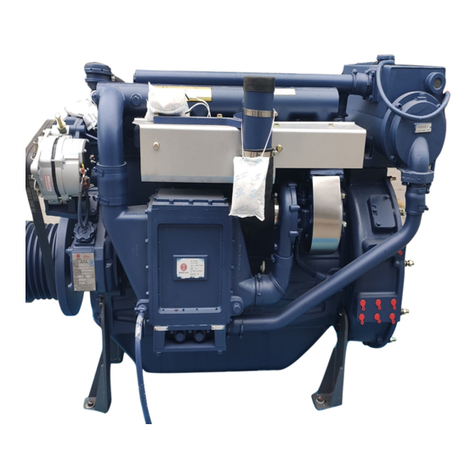
Deutz
Deutz WP6C Series User manual
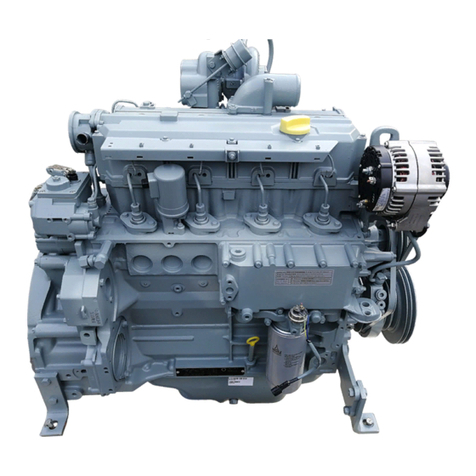
Deutz
Deutz 1012 User manual
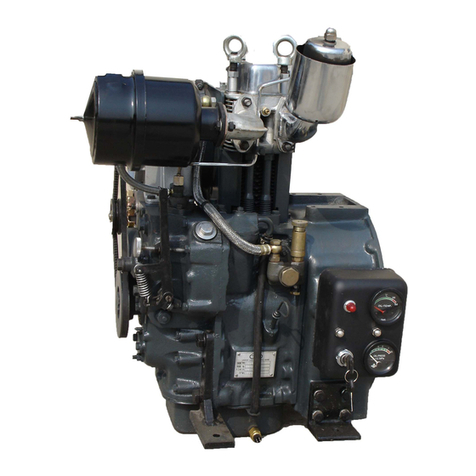
Deutz
Deutz D302 Operating instructions
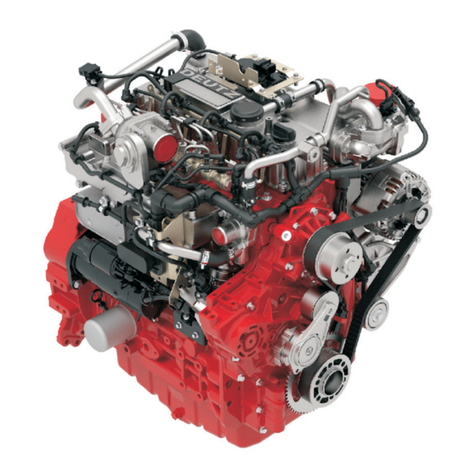
Deutz
Deutz TD 3.6 L4 User manual
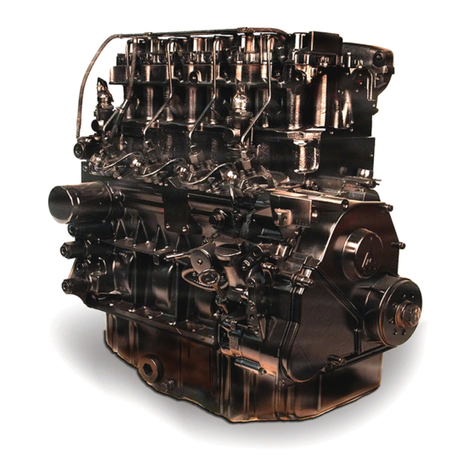
Deutz
Deutz 0297 9929en User manual
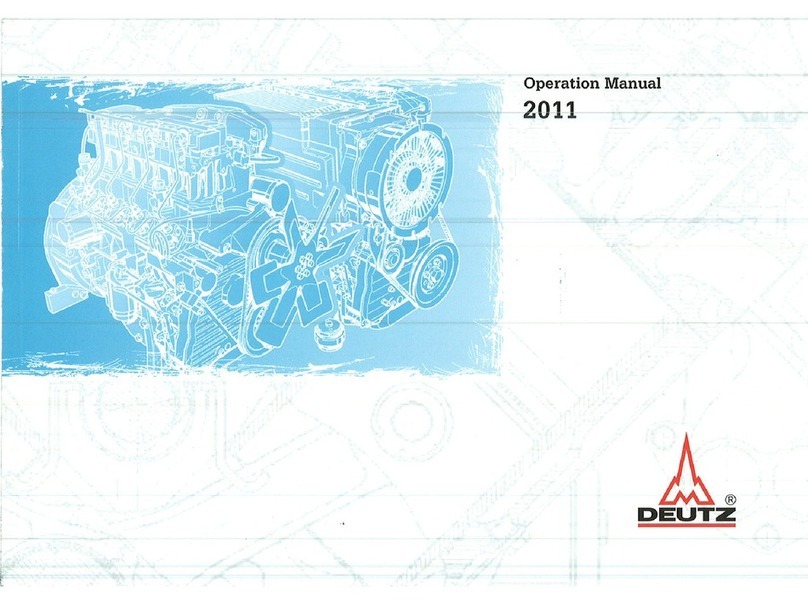
Deutz
Deutz FL 2011 User manual
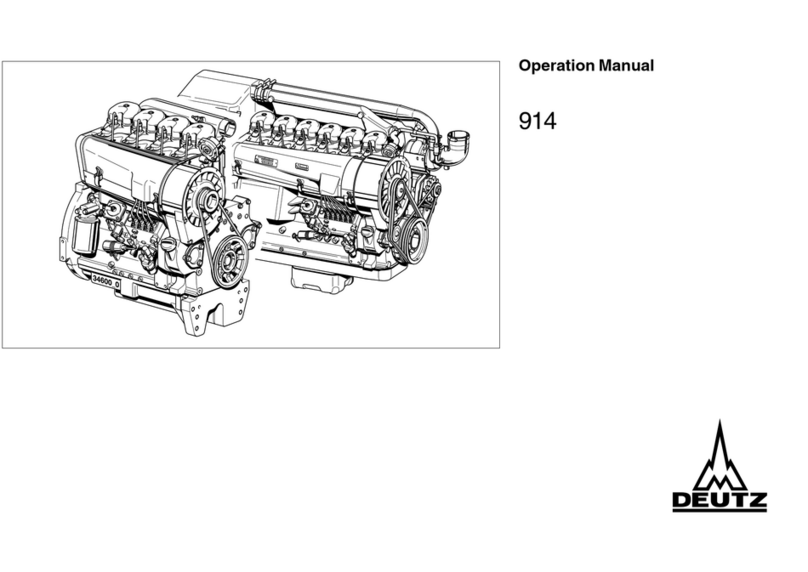
Deutz
Deutz 914 User manual
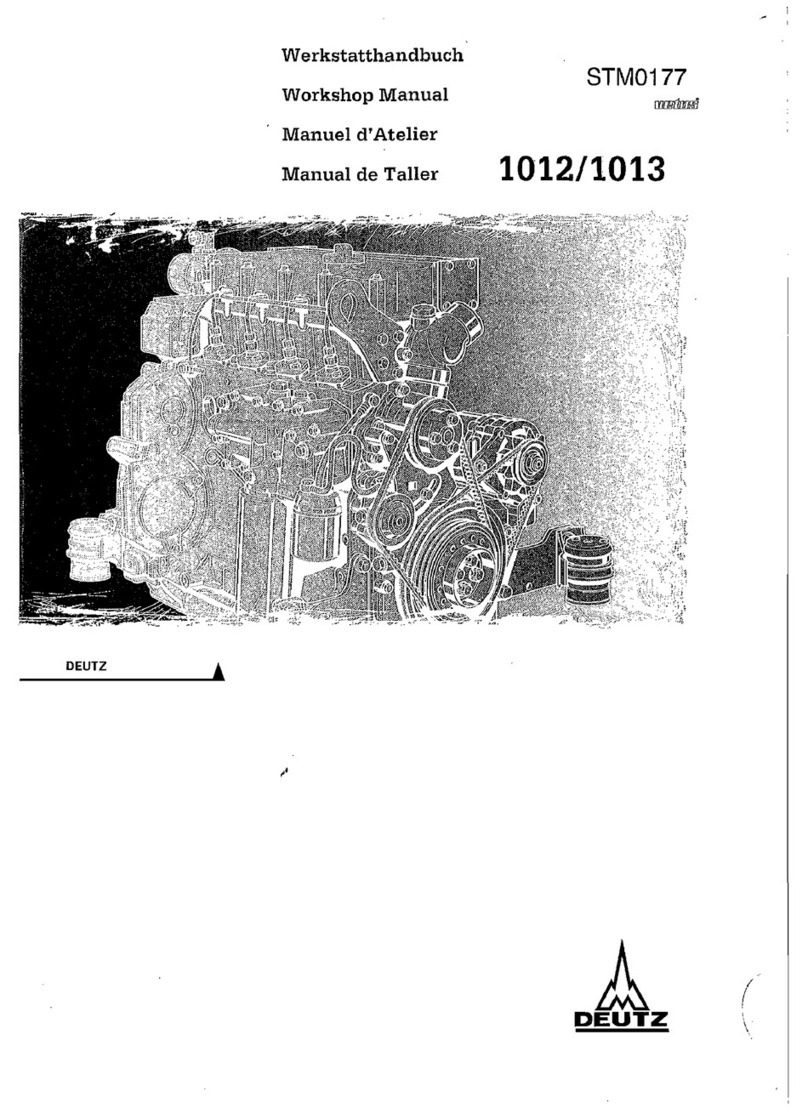
Deutz
Deutz 1012 Instruction manual
Popular Engine manuals by other brands

Cobra Garden Machinery
Cobra Garden Machinery Y196V Service manual
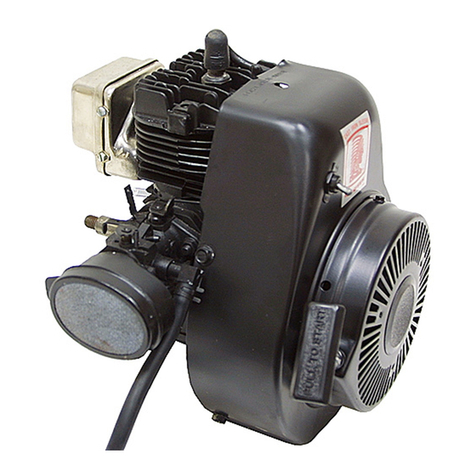
Tecumseh
Tecumseh AH520 - Technician's handbook
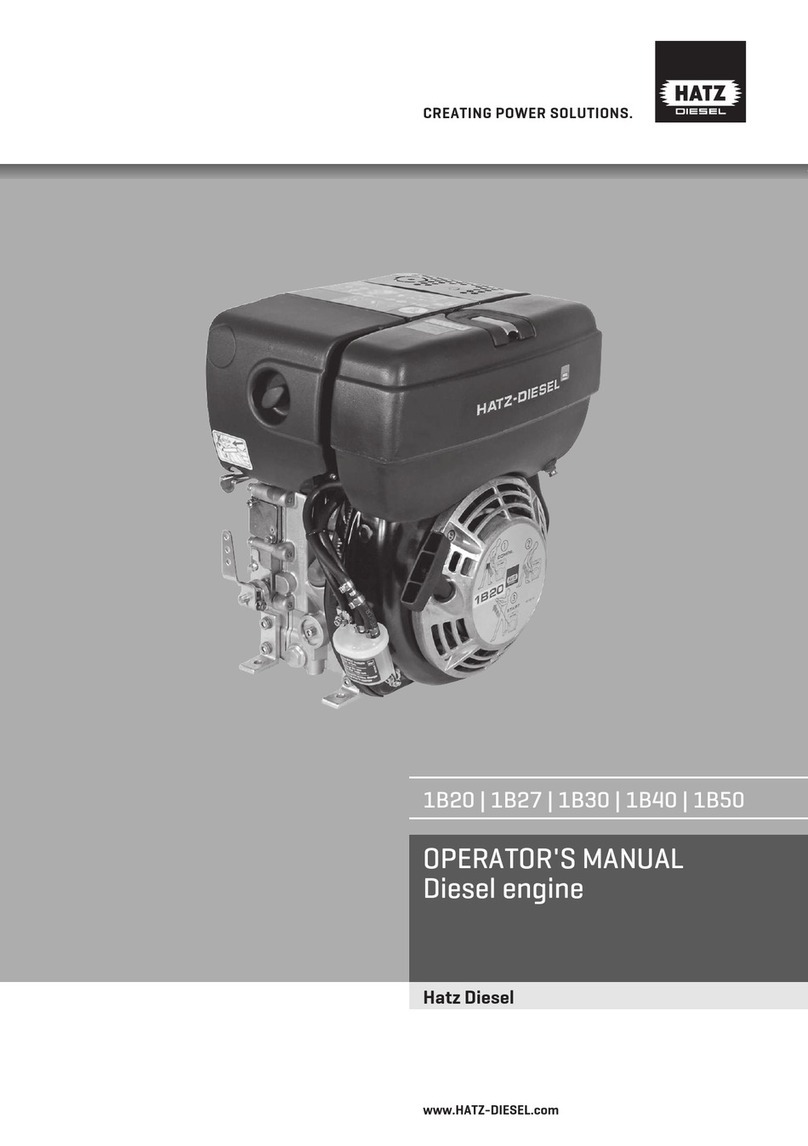
Hatz
Hatz 1B20 Operator's manual
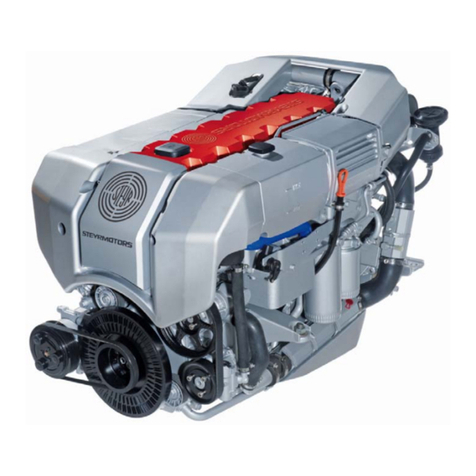
STEYR MOTORS
STEYR MOTORS Marine Engine 2012 Series Service manual
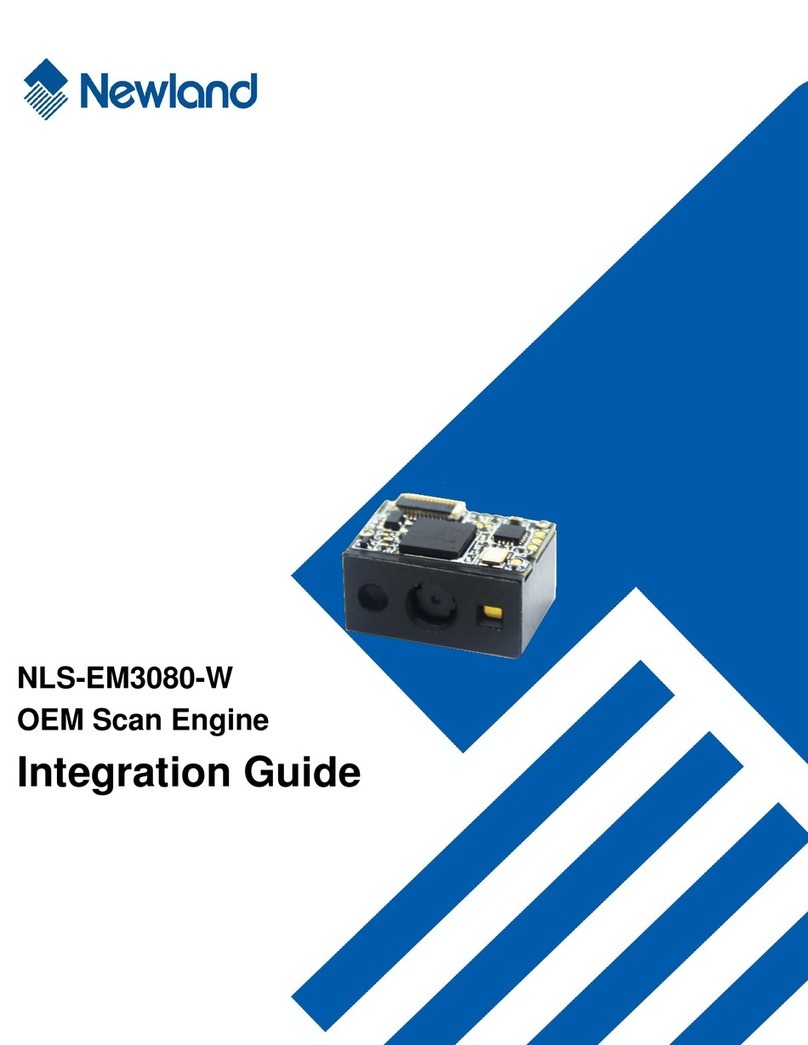
Newland
Newland NLS-EM3080-W Integration guide
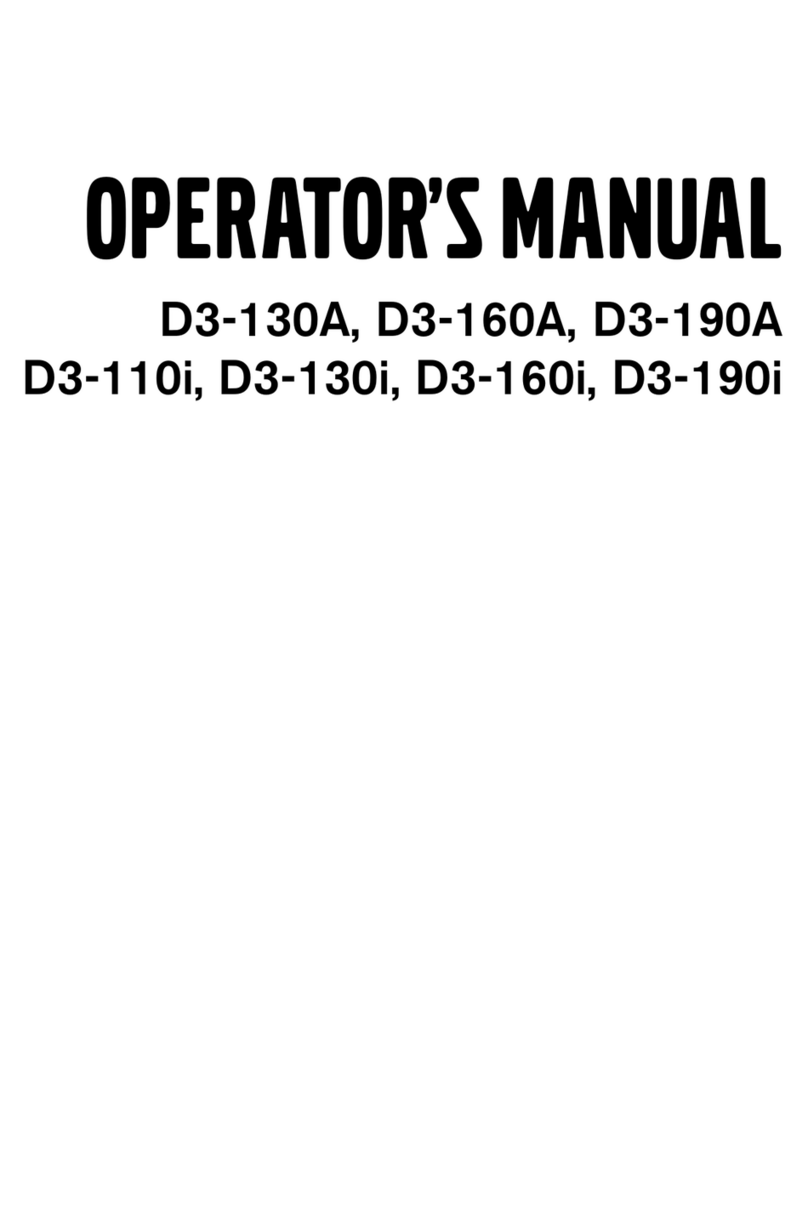
Volvo Penta
Volvo Penta D3-130A Operator's manual


